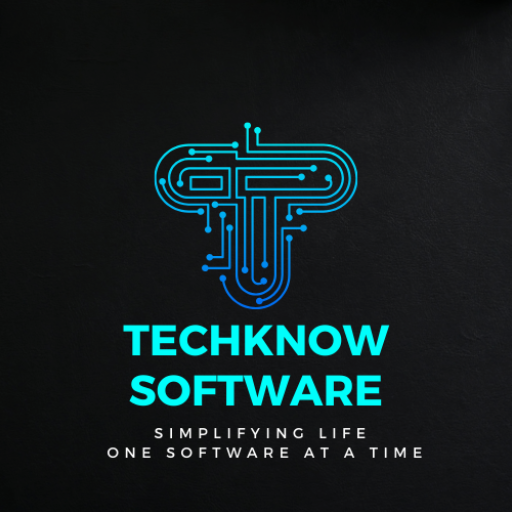What is SaaS? – A Beginner’s Guide
Welcome to our blog! If you’ve ever wondered about the latest buzzword in the tech world—SaaS—you’re in the right place. SaaS, or Software as a Service, is revolutionizing how we use software. Whether you’re a tech enthusiast or a business owner looking to streamline your operations, understanding SaaS is essential. Let’s dive into the basics, its benefits, and how it stands out from traditional software models.
Understanding SaaS
SaaS stands for Software as a Service. It’s a software delivery model where applications are hosted by a service provider and made available to customers over the internet. Instead of installing and maintaining software on individual computers or servers, you simply access it via a web browser. This approach has transformed how we use and think about software.
Key Benefits of SaaS
- Cost-Effective: SaaS eliminates the need for hefty upfront costs associated with purchasing and installing traditional software. Instead, you typically pay a subscription fee, which can be monthly or yearly. This makes budgeting easier and reduces financial risk.
- Accessibility and Convenience: Since SaaS applications are hosted in the cloud, you can access them from anywhere with an internet connection. This is perfect for remote work and businesses with distributed teams.
- Automatic Updates: Forget about manual updates. SaaS providers handle all updates and maintenance, ensuring you always have the latest features and security enhancements without any effort on your part.
- Scalability: SaaS solutions can easily scale to meet your needs. Whether you’re a small business or a large enterprise, you can adjust your subscription as your needs change, without worrying about infrastructure.
- Integration and Customization: Many SaaS applications offer seamless integration with other tools and services you already use, enhancing your productivity. They also often provide customization options to tailor the software to your specific needs.
SaaS vs. Traditional Software Models
Understanding how SaaS differs from traditional software models is crucial:
- Installation and Maintenance: Traditional software requires installation on individual machines or servers, with periodic manual updates. SaaS, on the other hand, is accessed via the internet, with the provider handling all updates and maintenance.
- Cost Structure: Traditional software often involves a significant upfront investment, along with potential costs for updates and support. SaaS uses a subscription-based model, spreading out costs over time and often including support and updates in the subscription fee.
- Deployment: Deploying traditional software can be time-consuming and complex, often requiring significant IT resources. SaaS offers quick deployment, sometimes within minutes, with minimal IT involvement.
- Accessibility: Traditional software is generally tied to the machine it’s installed on. SaaS, being cloud-based, can be accessed from any device with an internet connection, offering unparalleled flexibility.
Final Thoughts
SaaS is reshaping the software landscape, offering numerous advantages over traditional software models. Its cost-effectiveness, convenience, automatic updates, scalability, and easy integration make it a compelling choice for businesses of all sizes. As you explore the world of SaaS, you’ll find that it can significantly enhance your operations, driving efficiency and innovation.
Stay tuned to our blog for more insights and guides on leveraging SaaS for your business needs. Whether you’re just starting or looking to deepen your understanding, we’ve got you covered!

